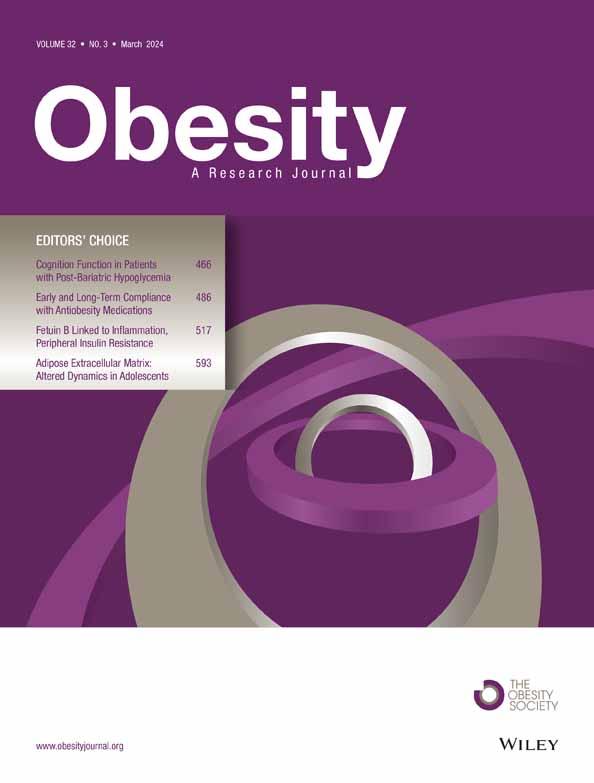Noninvasive tests to identify liver fibrosis in metabolic dysfunction-associated steatotic liver disease are affected by race
Abstract
Objective
The objective of this study was to assess the performance of noninvasive tests (NITs) across different racial and ethnic groups in a large multiethnic cohort.
Methods
Data were derived from the National Health and Nutrition Examination Survey (NHANES) 2017 through 2020. Participants without valid transient elastography measurements or with alternative etiologies of liver steatosis disease were excluded from the study.
Results
Among the 6359 adults included in the study, fatty liver index and nonalcoholic fatty liver disease liver fat scores performed well for the prediction of metabolic dysfunction-associated steatotic liver disease, without significant changes across racial and ethnic groups. However, significant differences were observed across racial and ethnic groups for the prediction of advanced fibrosis and cirrhosis. The fibrosis-4 (FIB-4) index, aspartate aminotransferase to platelet ratio index (APRI), and nonalcoholic fatty liver disease fibrosis score underperformed in non-Hispanic Black patients for the detection of cirrhosis. For the detection of advanced fibrosis, their performance was also numerically worse in non-Hispanic Black patients but only reached statistical significance for APRI. Using a cutoff point of 12 kPa for advanced fibrosis, both APRI and the FIB-4 index performed significantly worse in non-Hispanic Black patients.
Conclusions
In a large, diverse national cohort, the performance of NITs was overall poor compared with transient elastography, and NITs showed differences across racial and ethnic groups. Given the widespread use of NITs, it is imperative that the scores are equitable across racial and ethnic groups.
CONFLICT OF INTEREST STATEMENT
The authors declared no conflict of interest.
Open Research
DATA AVAILABILITY STATEMENT
Data available upon request to corresponding author.





